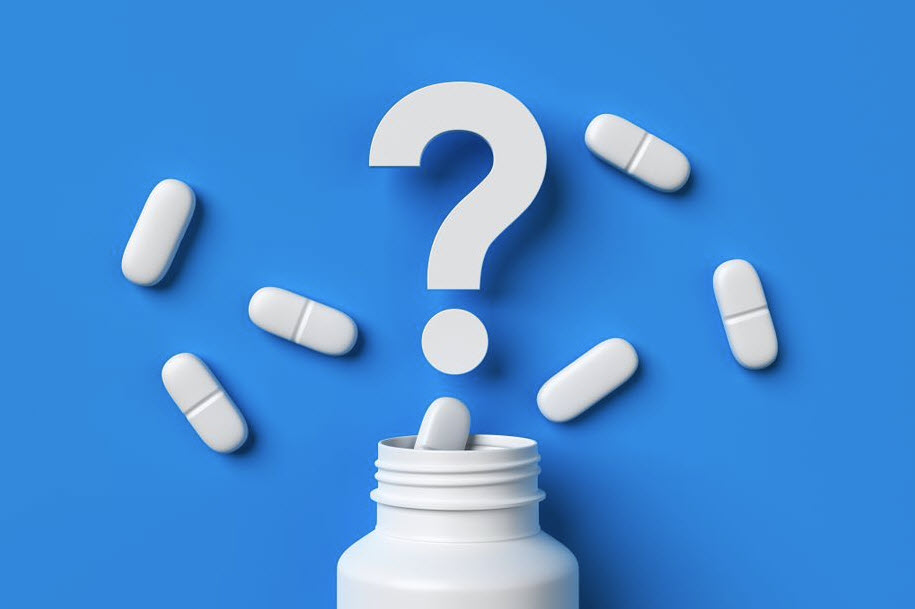Mark Krause of Krause Analytical
.In an interview with Mark Krause, the owner and CEO of Krause Analytical, explained that information gathering is the first step when clients request unknown substance testing. Their laboratory, like many others, begins by asking relevant questions about the substance.
“Well, we don’t have the computers like CSI has. We would love to have those computers,” Krause said. “However, any information that we can come up with from the client is a huge help. It gives us an idea of where to start. To identify a substance with no information on it is quite difficult.”
How Laboratories Process Unknown Substance Testing
The way laboratories conduct unknown substance testing depends on the substances involved. Krause said there are two types of assumptions in unknown substance testing. The first, is determining the general chemical nature of the substance for identification. Following identification, deformulation testing is performed to determine the composition of the formulation by separating ingredients and identifying and quantifying those ingredients.
Krause also said identifying unknown substance testing offers valuable information, but precision and accuracy cannot be defined on a single sample. Once major components are identified, additional work like de-formulation can narrow down percentages with specific testing methods tailored to the client’s needs.
The primary challenge in testing is obtaining enough initial information to provide the laboratory with a starting point and some understanding of the nature of the sample being analyzed.
“Unknown testing is more of an analytical mindset. It is not a process you can look up in a book. You have to actually rely on your chemistry and think about what you need to do next,” Krause said.
Contrary to the swift, decisive outcomes on TV, laboratory testing on unknown substances takes time. The process for identifying the unknown substance takes around five to seven days, while de-formulation can be more time-consuming and costly, roughly lasting six to eight weeks. For instance, identifying an oil you found in your kitchen would take a few days, while deformulating the specific ingredients would take much longer.
Unknown substance testing relies on careful, thorough analysis, preferably with some contextual clues to start. It is vital to many industries such as pharmaceuticals, medical devices, and home and health products. By taking it one step further, deformulation can help in competitive product categorizing, comparing various samples, legal cases, and product changes and improvements, according to an article from Eurofins.
While TV analysis and real-life analysis differ in the way they process unknowns, their end goal is to find solutions that will ultimately help people.
How to Submit A Laboratory Request:
Are you a manufacturer or producer in need of a laboratory to perform unknown substance testing? Let us help you! Submit a free test request on our website.

